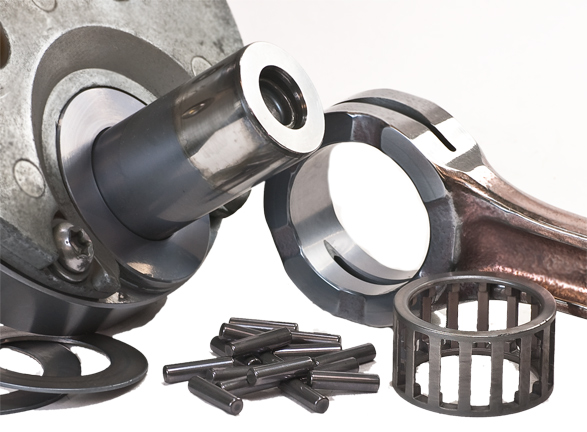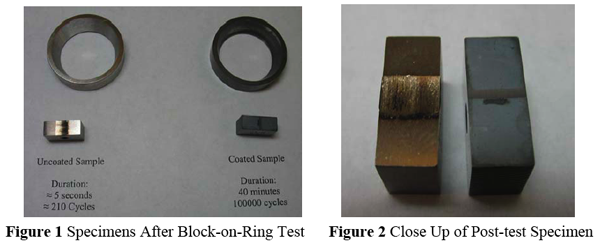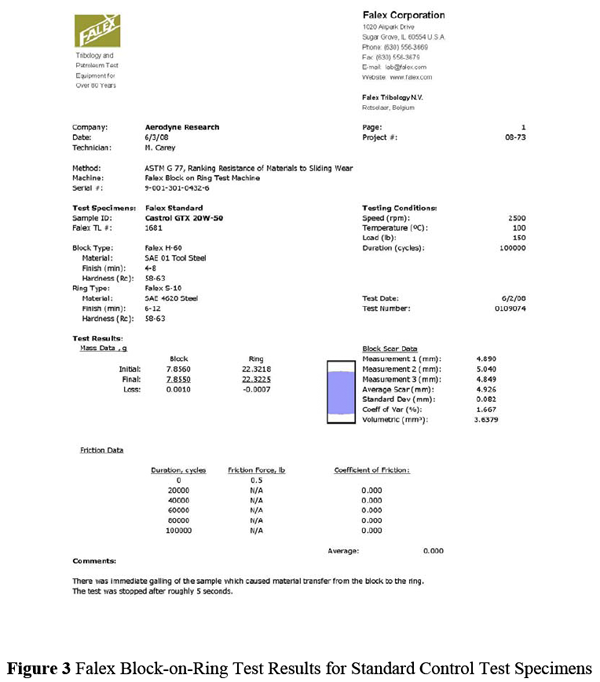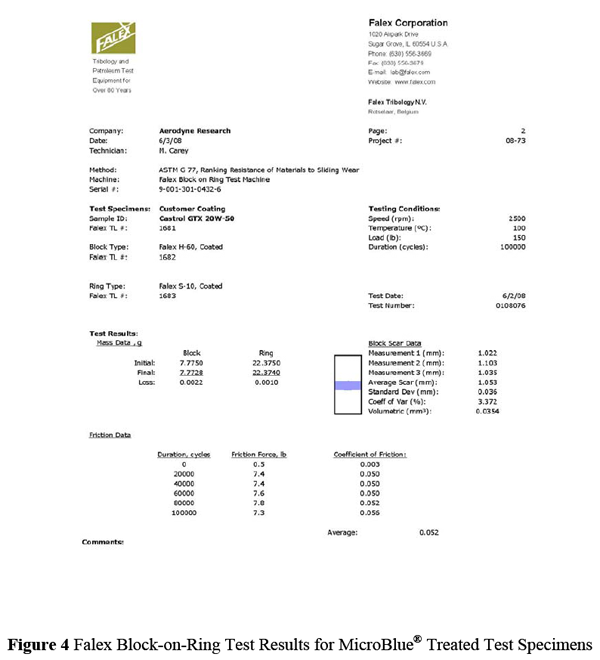One the biggest supporters and sponsors of Project Two 50 is our friend Craig LeClaire from Micro Blue Racing located in Rockford IL. His ideas, suggestions and input have taken our simple idea and turned it upside down.
The original idea for Project Two 50 was to compete using a 250 two stroke in the AMA Pro National Motocross class against the 450 four-strokes. In itself an admirable goal.
Once Craig became involved the entire project changed focus. It has grown into a challenge to our entire team, a challenge to build the cleanest two-stroke, emissions wise, in the world.
As you could imagine, this is a very tall order, which involves many ingredients to achieve. The repercussions of achieving this goal are far reaching and in some ways life altering.
The thing is we actually did it!
How can this be possible on a normally aspirated two-stroke engine?
It begins with Craig and his insatiable thirst for improving the Internal Combustion engine. With a background in metallurgy and racing, it was a natural for Craig to begin experimenting.
What other “tuner” uses a high powered microscope to ensure all metal parts are perfect at the molecular level? While I don’t know that answer to that question, I do know that Craig does so with every piece of metal that he comes into contact with.
When you look at the parts from your engine in this light, everything changes. You see that a part that looks smooth to the naked eye actually looks like the dark side of the moon under the microscope.
Craig invented and developed a process that coats metal at the molecular level. This process is called MICROBLUE. Once you see a part that has been treated with MICROBLUE coatings you will never forget it. It’s blue color hue is distinctive.
The main benefit of MICROBLUE coatings are to reduce friction. When you reduce friction you increase power. This can be proved quite easily, by holding a MICROBLUE treated Ceramic bearing in your hand and spinning it. The first time I did this little experiment, my jaw dropped in amazement. It just spins and spins and spins.
Below are a few YouTube videos that show how the MicroBlue Bearings and coatings work on differing applications
Craig also applied the MICROBLUE coating to the moving parts of a two-stroke engine. In his first experiments he treated a Homelight Leaf Blower and performed a test. He connected a large gas tank to the blower, mixed up a few gallons of fuel, wired the throttle wide open and let the blower run for over 20 hours straight.
Under these conditions, you would expect that when you returned that the blower would have stopped running. But it was still screaming away when he returned!
Now to the important part, he mixed the fuel using Homelight oil at 200:1 Gas/Oil mix!!
A fabulous by-product of this test was the particulate matter (the part that affects emissions) was virtually eliminated!
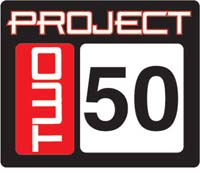 When Craig joined us on the Project Two 50 team, one of his goals was to apply this technology to a two-stroke motocross bike. Which is what we’ve been testing over the past few months.
When Craig joined us on the Project Two 50 team, one of his goals was to apply this technology to a two-stroke motocross bike. Which is what we’ve been testing over the past few months.
Our race bike uses a 100:1 Fuel/Oil mixture using Amsoil Dominator Synthetic. This fuel mixture accomplishes our goal of lowering the Project Two 50′s emissions to the cleanest seen in a production two-stroke!
There is still more testing to be done. One important step will be for our initial tests to be confirmed by independent testing. Which is on schedule to be done as soon as possible.
For you tuner types reading this, I’d like to point out something for you to think about. Our MICROBLUE coated YZ250 engine requires a 210 main jet to run properly! The standard main jet used in a YZ250 is a 178!
In my mind there can only be one explanation for this change in jet size, this motor is pumping more air than a standard YZ250 two-stroke.
An interesting benefit is the sound coming out of this motor. It just does not sound like a typical YZ250. It has a deeper, more throaty bark. Another important point is the power delivery, which is very usable, with a tremendous mid-range that screams out into an amazing top-end. This is one very powerful machine. To top it all off it’s clean.
So to restate that a powerful, fast, clean and sweet smelling two-stroke!
MICROBLUE Racing has been using the MICROBLUE coating technology since 1999. Racers that understand the idea that friction reduction equals gains in horsepower are drawn to MICROBLUE. Racers involved in forms of racing from soapbox derby racers to Tractor pulling realize that friction reduction equals additional gains.
MICROBLUE Racing first entered Pro Racing in 2004. It is difficult to turn on the television in Motorsports without seeing MICROBLUE technology in action. It has been a race “secret” for many well-known racers and teams for many years.
You could say when it comes to Pro Motosports Racing, that everyone in the know, knows MICROBLUE.
Please take a moment to read the information in the “side bar” below. This is an independent test of the MICROBLUE coating using the standard Falex testing. This will allow you to take a glimpse at the potential of the MICROBLUE coating.
http://www.microblueracing.com/
Falex Testing of MICROBLUE coating
A solid film lubricant coating that has proven to be very effective in preliminary tests is the MicroBlue® tungsten disulfide coating. This coating is patented by Material Technologies, Inc. and is provided by the same company. This coating is applied by a low-cost atmospheric pressure particle impingement process. The coating produces almost no dimensional change (less than 1 micrometer) and is applied at ambient temperature. The MicroBlue® coating provides a low friction surface via two mechanisms. One mechanism is the inherent lubricity of the tungsten disulfide thin film on the surface.4 The other mechanism, which is perhaps more important, is that the tungsten disulfide acts as a wetting agent for hydrocarbon-based lubricants because of their affinity for the coated surface which causes the lubricant to more effectively wet the surface. The high durability of the coating is most likely due to the patented application process in which the tungsten disulfide is mechanically bonded to the surface by filling in micron-scale depressions in the surface.
To evaluate the coating durability, Aerodyne Research, Inc. (ARI) recently had block-onring tribological wear tests performed on standard and MicroBlue®-coated test specimens (Figures 1 and 2).
These tests dramatically illustrated the ability of the coating to provide low wear and friction, and in particular, demonstrate its ability to maintain a lubricant layer between surfaces under very high stress conditions. The tests were performed by Falex Corporation using their Blockon-Ring test apparatus. The test conditions were selected to be somewhat representative of a diesel engine crankshaft bearing under very high load. The test conditions were: 2000 rpm, 100°C, 150 lb force, and 100000 cycles (40 min). The Falex H60 block (SAE 01 Tool Steel, Rc 58-63 Hardness, Ra= 4-8 roughness) and S10 ring (SAE 4620 steel, Rc 58-63 Hardness, Ra= 6-12 roughness) were selected for the test. High quality diesel engine oil, Castrol GTX 20W-50, was used for the test in which the ring was partially submerged in the lubricant. Tests were performed for the standard H60 block and S10 ring as the control test, and for the same block/ring combination after being treated with the MicroBlue® surface treatment. Images of the specimens are presented above in Figures 1 and 2. The data sheets for these tests are presented in Figure 3 for the control test and Figure 4 for the MicroBlue® treated test.
The most impressive aspect of the two tests was that the standard (control) test specimens failed catastrophically in 5 seconds due to galling (see the note at the bottom of the test report in Figure 3) while the MicroBlue® treated specimens ran for the full 100,000 cycle duration of the test and showed minimal wear at the end of the test. The wear volume on the block for the standard specimens was 3.64 mm3 in 5 seconds, while the wear volume on the block for the coated specimens was 0.0354 mm3 in 40 minutes – 1/1000th the wear volume in a 500x longer test. Clearly, the severe conditions prevented a lubricant layer from being present in the interface between the block and ring components for the control test (a boundary lubrication condition), leading to immediate galling. For the coated specimens, on the other hand, the MicroBlue® coating’s interaction with the lubricant evidently maintained a thin lubricant layer between the parts to prevent galling and greatly reduce wear (mixed or mixed+elastohydrodynamic lubrication regimes).
While the conditions for these tests were very severe, they demonstrate the important aspects of the coating – its interaction with the lubricant to maintain a lubricant layer between parts and nearly eliminate wear, and its very high durability as demonstrated by its survival under these severe conditions for 100,000 cycles and showing minimal wear at the end of the test.


